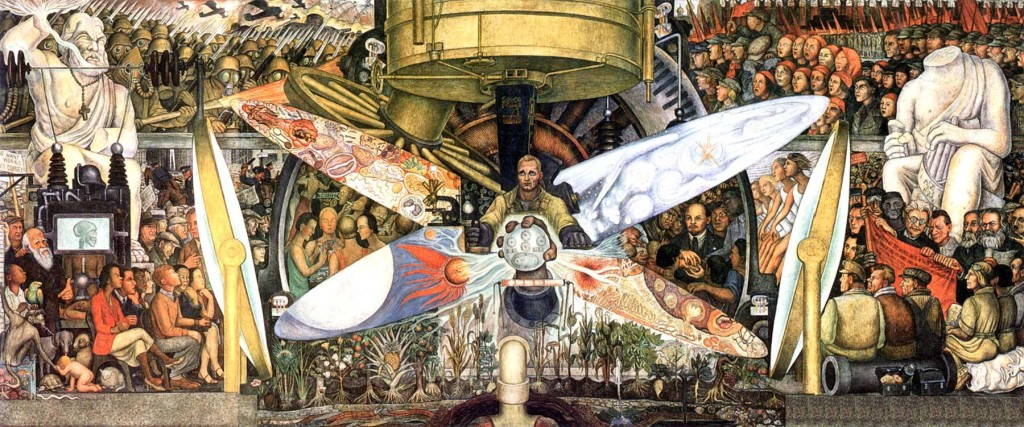Nicolaus Copernicus. He was called “incomparable astronomer” and was immensely respected, though controversial.After all, he displace man from the center of the universe as he pushed earth out of its traditional place; the pre-Copernican cosmos was generally held to consist of several concentric spheres, each containing a particular heavenly body…
Copernicus did indeed turn accepted astronomy upside down by reversing the age-old theory that what we observe is what actually happens; for anyone who looks and thinks unblinded by prejudice will agree that we see the sun moving and feel the earth to be at rest, not, as Copernicus insisted, the other way around. And while Virgil’s acute poetic summary of the relativity of motion- “We sail forth from the harbor, and lands and cities retire” – could be used by Copernicus to support the moving earth, it could equally be used by traditionalists to oppose it. And the latter long had the greater following.

—It is hardly coincidental that Dürer’s first star map appeared about a decade after the printing of the first terrestrial maps of the world and about half a century after the invention of a movable-type printing press by one of his fellow countrymen, Johannes Gutenberg. The two developments gave Dürer the theory and technology he required: The production of world maps provided the mathematical formulae by which a spherical shape could be projected accurately onto a flat surface; the printing press gave him the means by which to implement and disseminate his chart. More important, the introduction of the printing press ushered in the Renaissance, the rebirth of culture and society across Europe.
Celestial charts fit nicely into this new intellectual environment. Grouping the stars into constellations gave astronomers and navigators a useful frame of reference—a topography, if you like—to the night’s sky. —Read More:http://www.finebooksmagazine.com/issue/200909/celestial_maps-1.phtml
Not that the world in which Copernicus grew up was intellectually stable; far from it. When he was born, in February, 1473, the first agitation was humanism was past, but its excitements lingered and were just beginning to be felt among astronomers. This was especially true of the central European culture of which Copernicus was to a part. He was born in Torun on the Vistula, in the plains of northern Poland, a town in territory claimed both by the Teutonic Knights who had Christianized Prussia two centuries earlier, and by the Polish crown. The diplomatic niceties required to keep this area afloat were to exercise the mind of Copernicus in later life, since, thanks to his maternal uncle Lucas Watzelrode, bishop of Ermland, he was to pursue an active career as an ecclesiastical administrator… ( to be continued)…

—The mural above is a portion of the mural called Man, Controller of the Universe. It was created by Diego Rivera in Palacio de Bellas Artes in Mexico City in 1934. The full title of the mural is: Man, Controller of the Universe or Man in the Time Machine.
I really liked this piece of work because to me it’s a summation of knowledge gained thus far. It is also a commentary on the state of the world in 1934. It isn’t so abstract that I can’t appreciate it, but it isn’t so basic that the point of the picture is obvious. When I initially saw it I paused and thought.
The mural is a recreation of Man at the Crossroads, which was commissioned by Nelson Rockefeller for the Rockefeller Center. Rockefeller had the original destroyed when Rivera refused to remove a portrait of Lenin from the mural.—Read More:http://karlthewinterman.wordpress.com/
a





 COMMENTS
COMMENTS